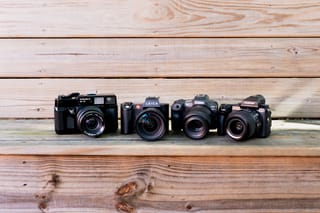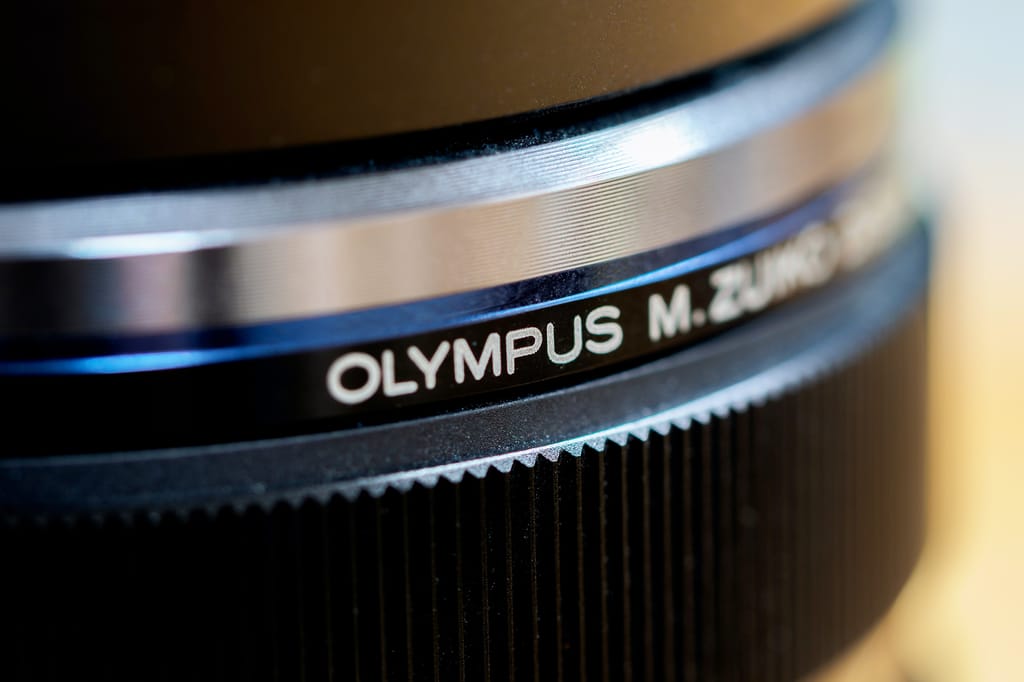
For photographers who are looking for a kit that’s smaller, lighter and more affordable, Micro Four Thirds is the system you’re searching for. Users who already know the perks of foregoing full-frame will gladly share their love with you about the improved image stabilization, the innovative technologies of touchscreen displays and the ability to fly under the radar with a small camera without even having to sacrifice image quality
Unfortunately, there will always be naysayers who insist that the bigger the sensor, the better the photo. This article says phooey to them. A skilled shooter can create images that wow viewers whether they’re on a $10,000 Hasselblad H4D-200MS or a $160 Olympus Pen E-PL5. After all, it’s often the lens that makes an image shine.
That’s why we collected these six lenses to show the breadth of what Micro Four Thirds glass can do. There aren’t just produced by Olympus and Panasonic, either. A number of third-party manufacturers like Voigtlander and Sigma have contributed fantastic lenses to the smaller system. One thing is clear, though—whether they’re too affordable to pass up or their image quality is too superb to ignore, these lenses belong in your bag.
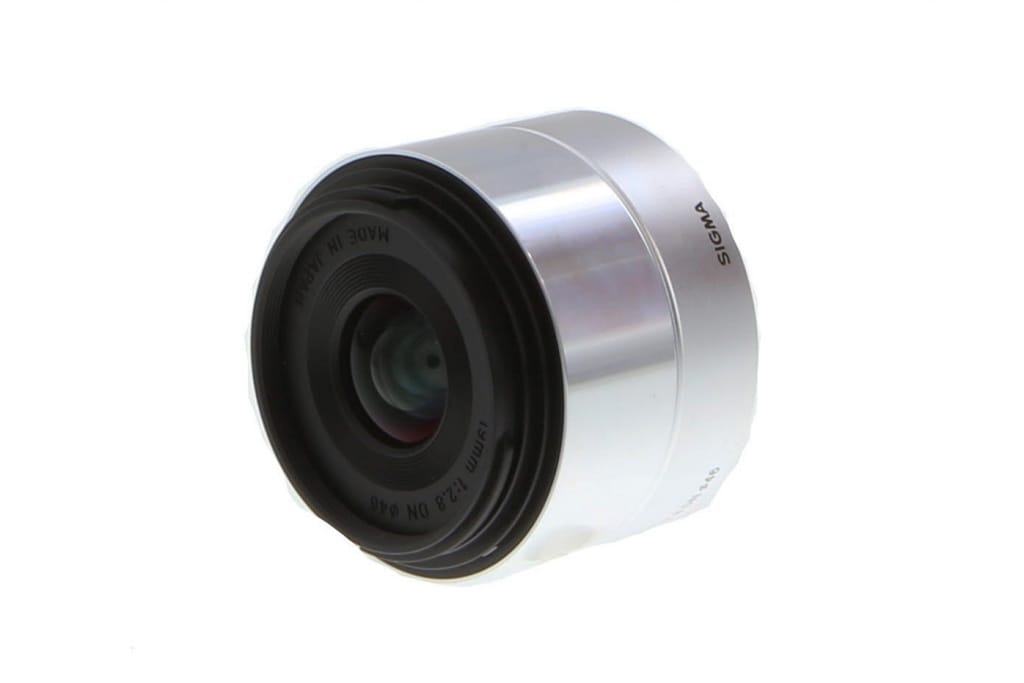 Sigma 19mm f/2.8 DN Art
Sigma 19mm f/2.8 DN Art
Providing a relatively wide-angle view equivalent to a 38mm on full-frame cameras, this lens appears smooth and featureless on first glance. However, you can’t see sharp resolution with fast, silent autofocus from a first glance. That’s right- Sigma makes ART-series lenses for Micro Four Thirds bodies. The f/2.8 aperture may not be the widest you’ve ever seen, but provides plenty of sharpness at a super affordable price point.
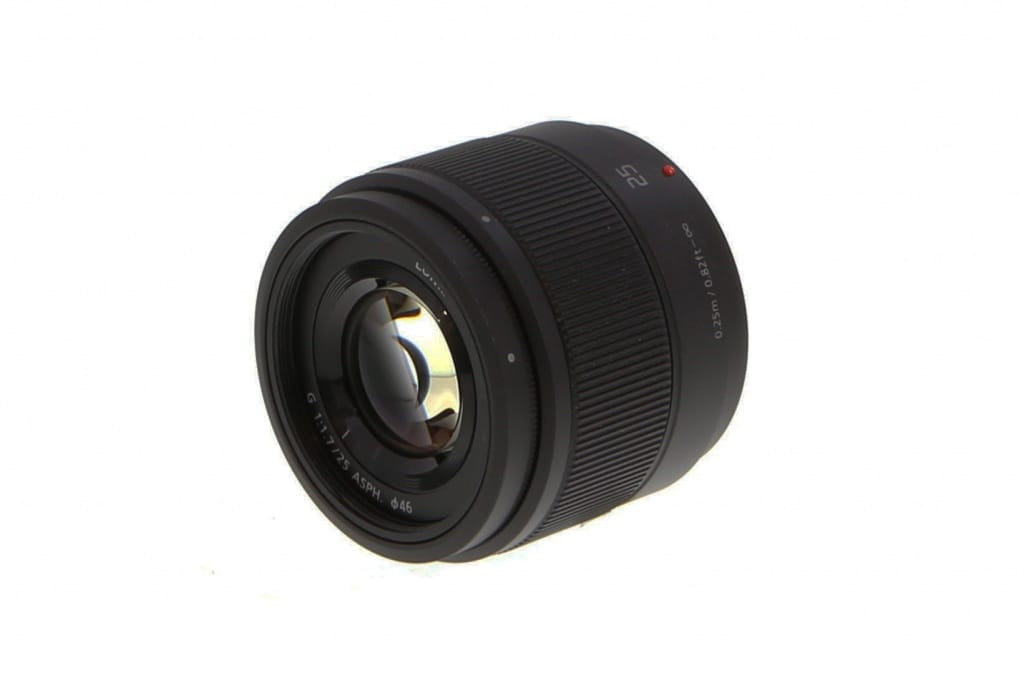 Panasonic Lumix 25mm f/1.7 ASPH G
Panasonic Lumix 25mm f/1.7 ASPH G
The Lumix version of a nifty fifty lens, this bright prime is a great everyday walkaround lens. The versatility of the focal length allows for great portrait, nature, or street photography. The large rubber grips of the manual focus ring allow for superior tactile use. This lens is well-made and the wide f/1.7 aperture allows for blurry backgrounds and accurate low-light shots.
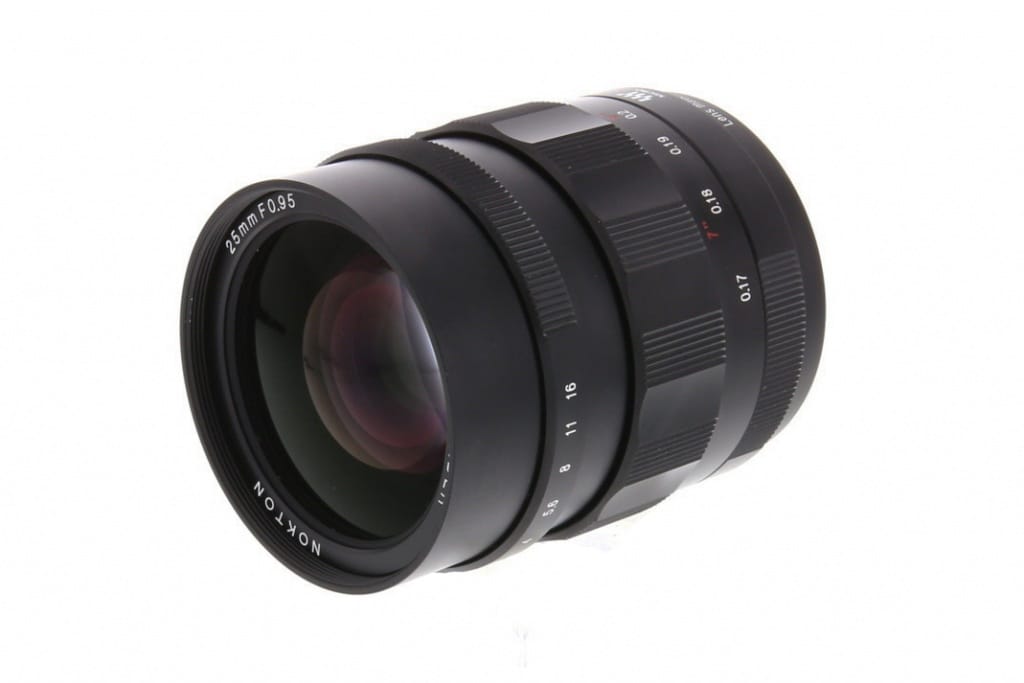 Voigtlander 25mm f/0.95 Nokton
Voigtlander 25mm f/0.95 Nokton
Fully manual and made of solid metal and glass, the Nokton lens will first woo you with its build quality. After that, the aperture speed may make you do a double-take. The f/0.95 aperture allows an unbelievable amount of light into the lens and gives you a razor-thin shallow depth of field. Wide open, this lens will give you a unique look with soft contrast and softer focus, making it great for dramatic portraits. Things sharpen up as you stop down, but if you’re able to shoot at f/0.95, why wouldn’t you?
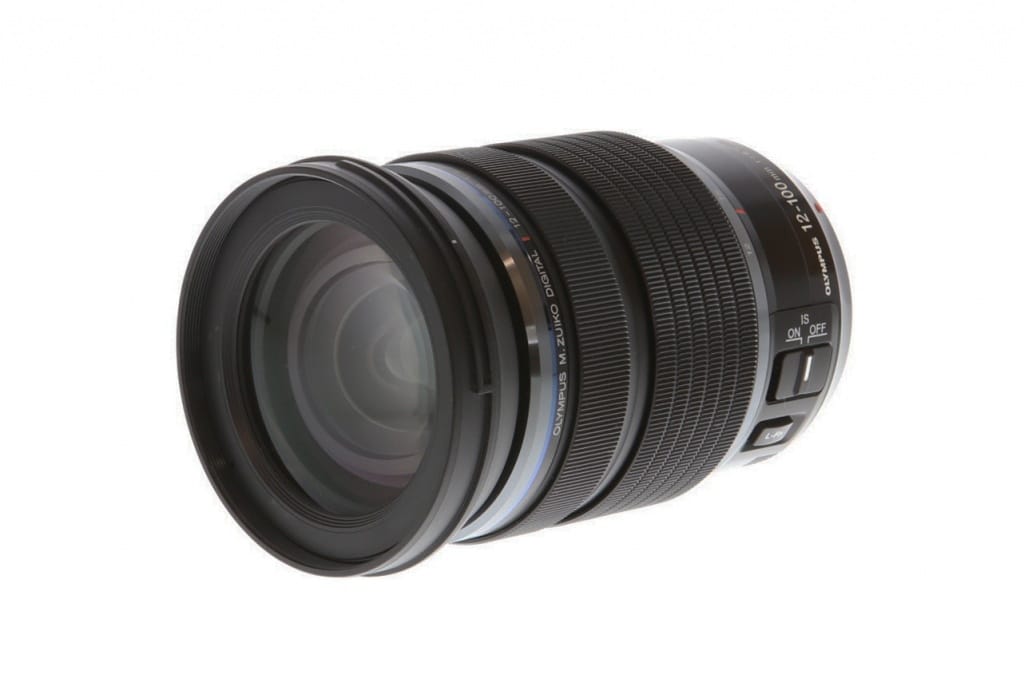 Olympus 12-100mm f/4 M.Zuiko ED IS PRO
Olympus 12-100mm f/4 M.Zuiko ED IS PRO
This lens is amazingly versatile, with a 35mm equivalent focal range of 24-200mm. The 12-100mm also manages to keep a constant aperture of f/4 throughout the zoom range, and somehow manages to reach a close focus distance that’s under 6 inches. It’s sharp across the board thanks to the many unique glass elements inside and offers optical image stabilization to reduce any vibration or shake. An amazing lens for travelers or minimalists alike, there’s a place in every shooter’s bag for this truly all-in-one lens offering from Olympus.
 Olympus 45mm f/1.8 M.Zuiko MSC
Olympus 45mm f/1.8 M.Zuiko MSC
Sometimes you don’t want a solid metal lens body. After all, that would take away from the lightweight portability of the Micro Four Thirds system. This lens is tiny and admittedly housed in a plastic shell but absolutely delivers on the image quality. Find another 90mm equivalent lens that gives you the depth of field of an f/1.8 that’s this compact and affordable. I’ll wait.
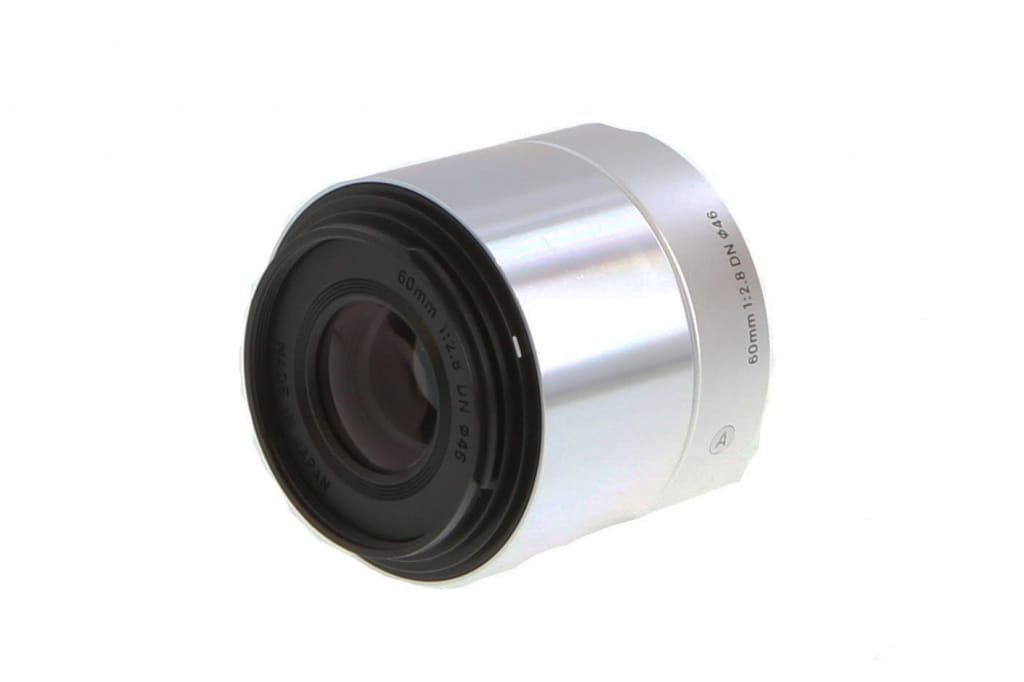 Sigma 60mm f/2.8 DN A
Sigma 60mm f/2.8 DN A
Rounding out our list with another offering from Sigma’s excellent ART line, the 60mm may not be as visually stunning as Micro Four Thirds’ star telephoto, the Olympus 75mm f/1.8, but it is less than half the price and that’s hard to argue with. Fast autofocus, sharp images and a significant lack of any distortion or chromatic aberration make this telephoto prime one of the best values for the MFT system.
New to Micro Four Thirds? Read about 3 unique cameras that show how capable this system can be
Then learn about 5 Panasonic Lumix Cameras for every type of photographer
Shop all our Micro Four Thirds lenses

